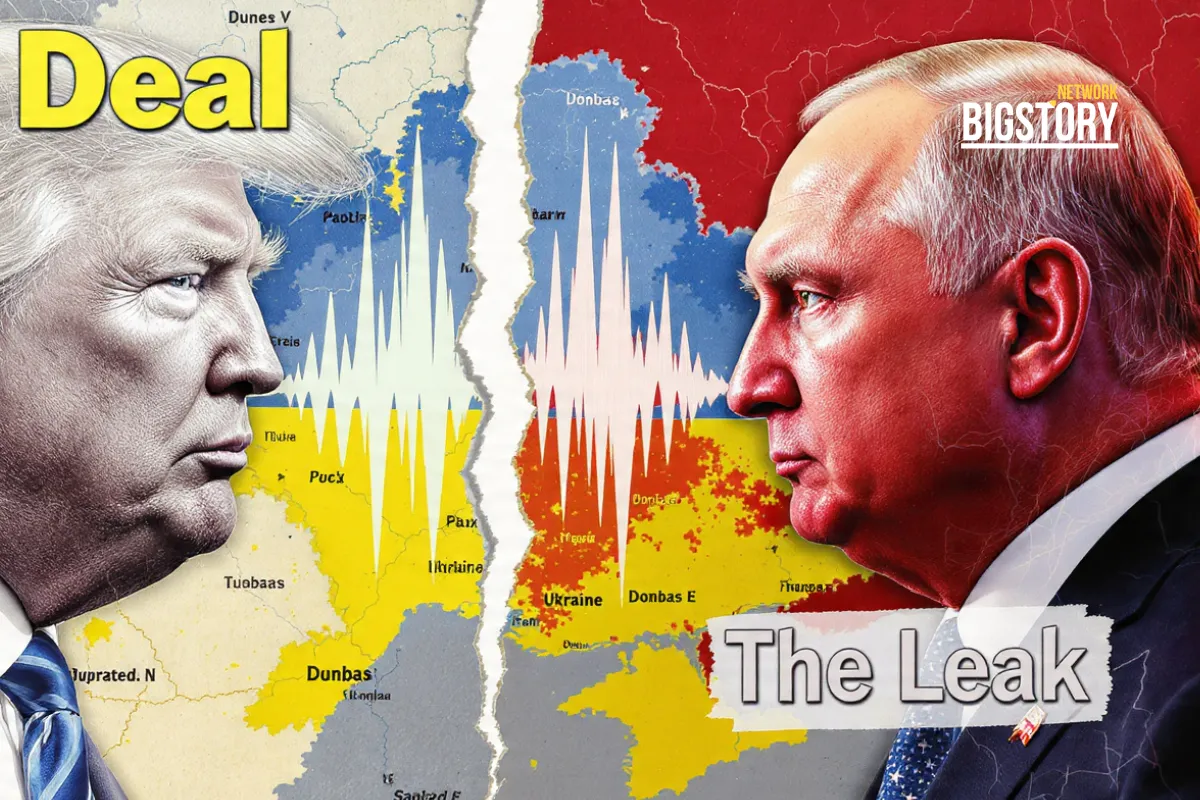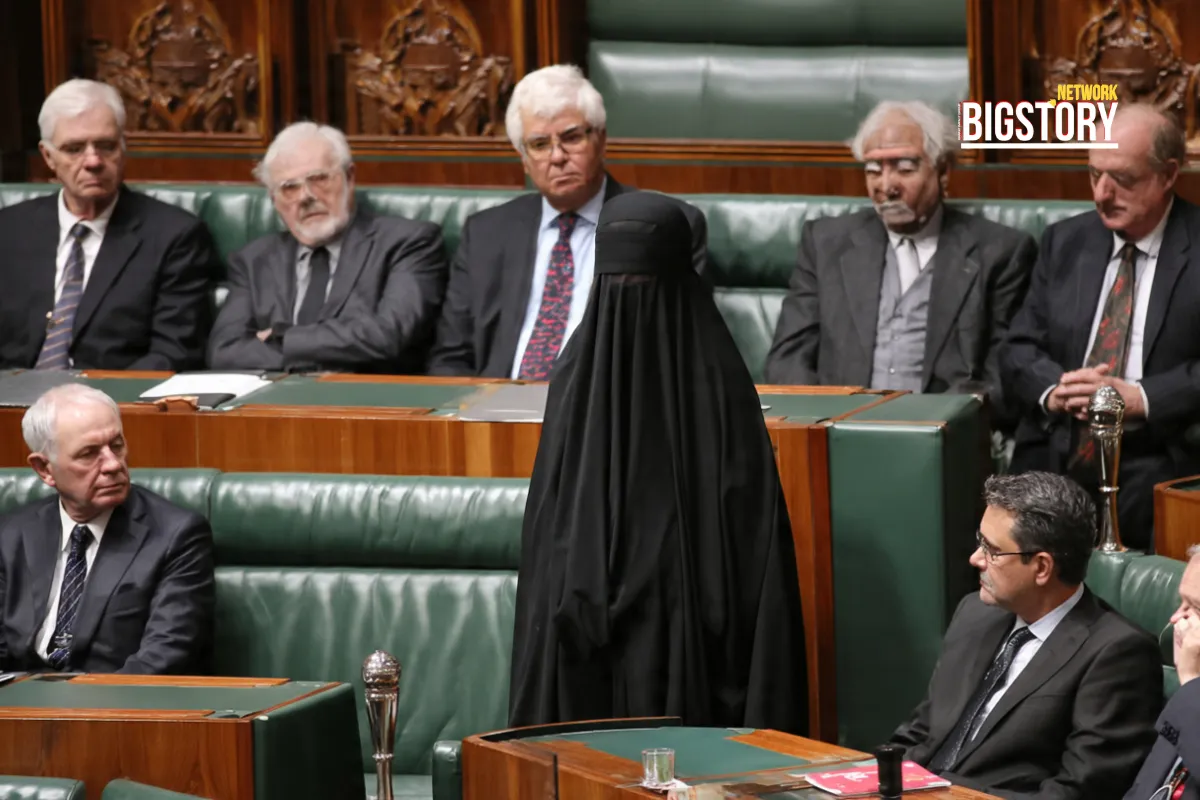Clarke, Devoret, and Martinis win the 2025 Nobel Prize in Physics for proving quantum effects in macroscopic circuits — foundation of quantum computing.
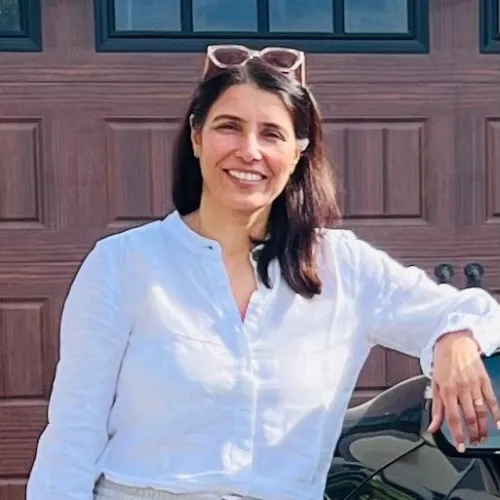 Sseema Giill
Sseema Giill
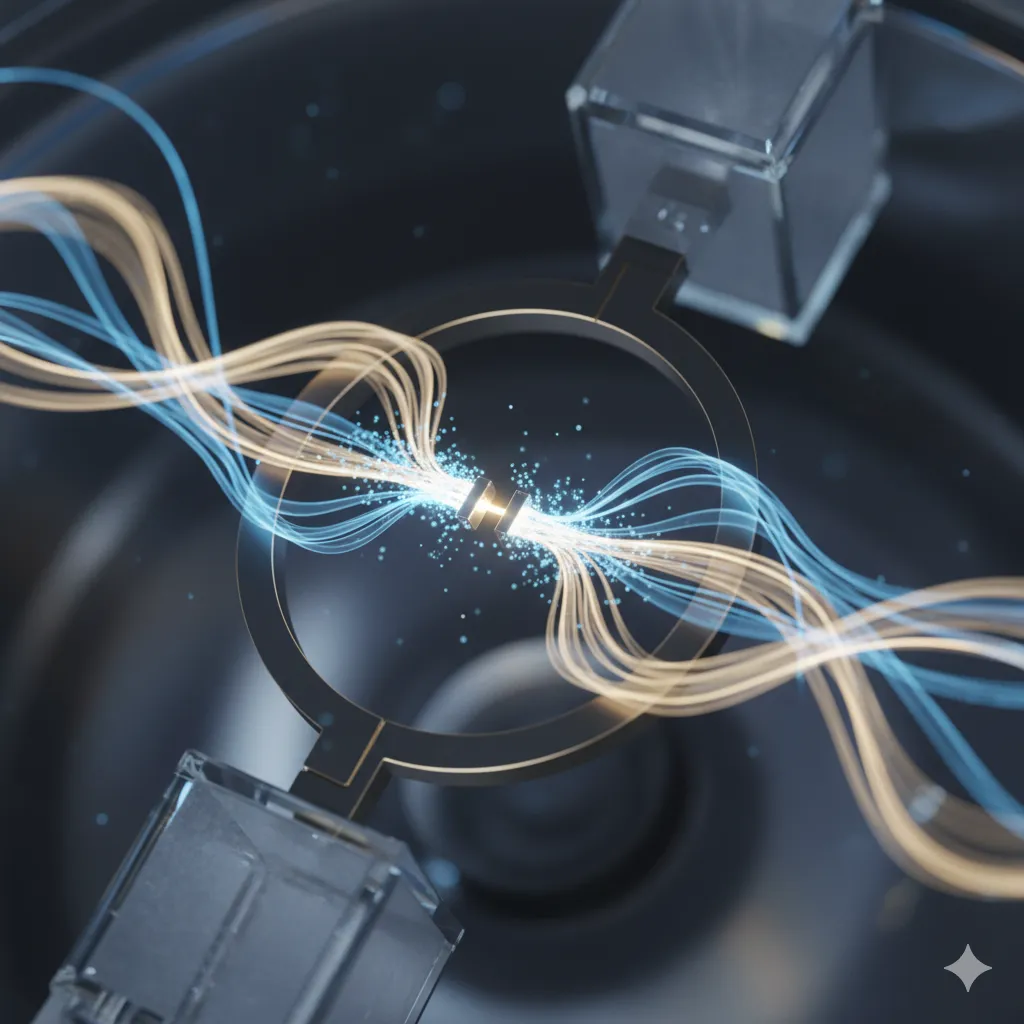
The 2025 Nobel Prize in Physics has been awarded to John Clarke (University of California, Berkeley), Michel H. Devoret (Yale University and UC Santa Barbara), and John M. Martinis (UC Santa Barbara) for their pioneering work that proved quantum mechanics can operate on a macroscopic scale.
The Royal Swedish Academy of Sciences recognized the trio “for the discovery of macroscopic quantum mechanical tunnelling and energy quantisation in an electric circuit.” Their experiments from the 1980s bridged theoretical physics and practical engineering, forming the foundation of today’s quantum computing revolution.
The laureates will share a total prize of 11 million Swedish crowns (around $1.2 million).
In the mid-1980s, Clarke, Devoret, and Martinis built a circuit using Josephson junctions — superconducting devices separated by ultra-thin insulating barriers — to explore whether quantum effects could occur in larger systems.
Their success showed that quantum tunneling and energy quantization could happen in an electrical circuit composed of billions of atoms. The system, later dubbed an “artificial atom,” became the first demonstration of quantum behavior in a macroscopic object.
“To put it mildly, it was the surprise of my life,” Clarke told the Nobel committee after the announcement. “The Nobel Prize worthiness of our work had not occurred to us in any way.”
The Nobel Committee described the discovery as a milestone that “opened doors to the next generation of quantum technologies.”
The research eventually led to the creation of superconducting qubits, which now power quantum computers developed by Google, IBM, and other leading tech companies.
Devoret’s current work at Yale focuses on quantum error correction, while Martinis previously led Google’s 2019 “quantum supremacy” experiment, which demonstrated a quantum processor outperforming the world’s fastest supercomputer.
“In certain respects, our findings form the foundation of quantum computing,” Clarke said. “One of the fundamental reasons cellphones operate effectively stems from all this research.”
Physicists worldwide hailed the award as recognition of a discovery that redefined the limits of quantum mechanics.
Professor Sheila Rowan, Physical Secretary of the Royal Society, congratulated the winners, noting: “Their experiments revealed that the strange laws of quantum physics apply not only at the atomic scale, but in systems big enough to see and touch.”
Professor Olle Eriksson, Chair of the Nobel Committee, said the discovery is a reminder that “century-old quantum mechanics continues to offer new surprises and underpins all digital technology.”
The laureates’ work has driven advances across multiple sectors:
The quantum technology market is projected to reach hundreds of billions of dollars in the coming decades. Much of this growth stems from the very principles established by the three laureates four decades ago.
All three winners are based at American universities, highlighting the U.S.’s leadership in quantum research. Yet their diverse backgrounds — Clarke from the UK, Devoret from France — reflect the international nature of modern physics.
The Nobel Prize, awarded in Stockholm, also highlights how European institutions continue to honor U.S.-led scientific breakthroughs, reinforcing transatlantic research collaboration even amid global competition in quantum technology.
The 2025 Nobel in Physics is more than a recognition of past work — it marks a turning point in how humans harness quantum mechanics for real-world technology.
What began as an experiment in a shielded Berkeley lab is now the cornerstone of modern quantum computing, transforming science, security, and global technology infrastructure.
The 2025 Nobel Prize in Physics was awarded to John Clarke (UC Berkeley), Michel H. Devoret (Yale University and UC Santa Barbara), and John M. Martinis (UC Santa Barbara).
They were recognized “for the discovery of macroscopic quantum mechanical tunnelling and energy quantisation in an electric circuit.”
Their work proved that quantum effects can occur in large, man-made systems, not just at the atomic scale — a foundational breakthrough for quantum technology.
The groundbreaking experiments were conducted in 1984–85 at the University of California, Berkeley. Clarke was a professor, Devoret a postdoctoral researcher, and Martinis a doctoral student at the time.
It’s a phenomenon where a system made of billions of particles (like an electric circuit) can still exhibit quantum behavior, such as tunneling through an energy barrier — something previously thought possible only at atomic scales.
Their findings paved the way for superconducting qubits, the building blocks of quantum computers. These systems are now used by Google, IBM, and other tech giants in the global quantum race.
The same quantum tunneling and energy quantization effects discovered by the laureates are what allow qubits to exist in superposition — the key principle that enables quantum processors to perform complex computations exponentially faster than classical computers.
The Nobel Committee stated that the discovery “opened doors for advancing the next generation of quantum technologies, such as quantum computers, quantum cryptography, and quantum sensors.”
John Clarke said, “To put it mildly, it was the surprise of my life.” He also noted, “In certain respects, our findings form the foundation of quantum computing.”
The three laureates will equally share the 11 million Swedish kronor (approximately $1.2 million USD) prize.
The win reinforces U.S. leadership in quantum physics, though it also reflects international collaboration, with contributions from European and American research institutions. It comes amid growing competition between the U.S., China, and the EU in quantum technology.
While quantum computing is still developing, its applications — in AI, cybersecurity, drug design, and energy systems — trace back to the principles uncovered by Clarke, Devoret, and Martinis. Even technologies like high-precision sensors and cell networks benefit indirectly from their work.

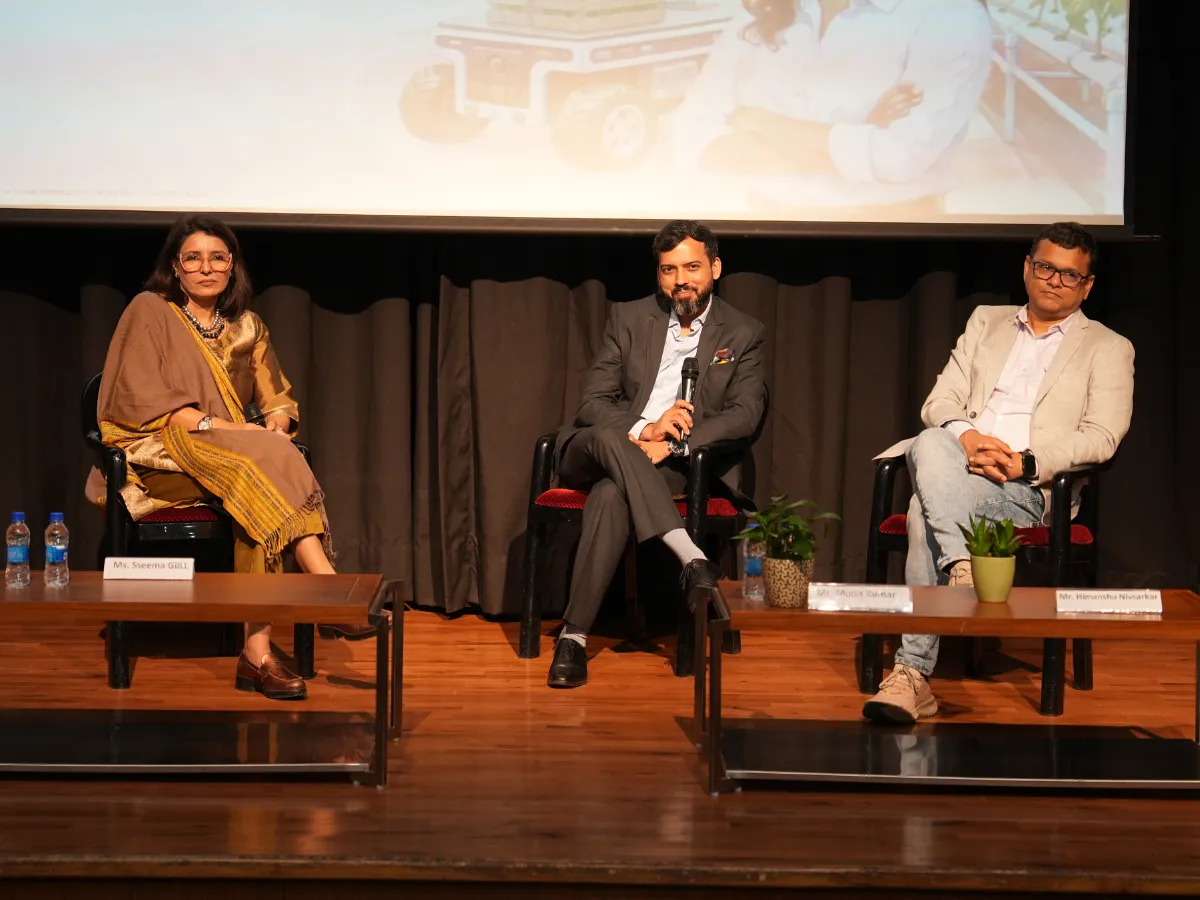

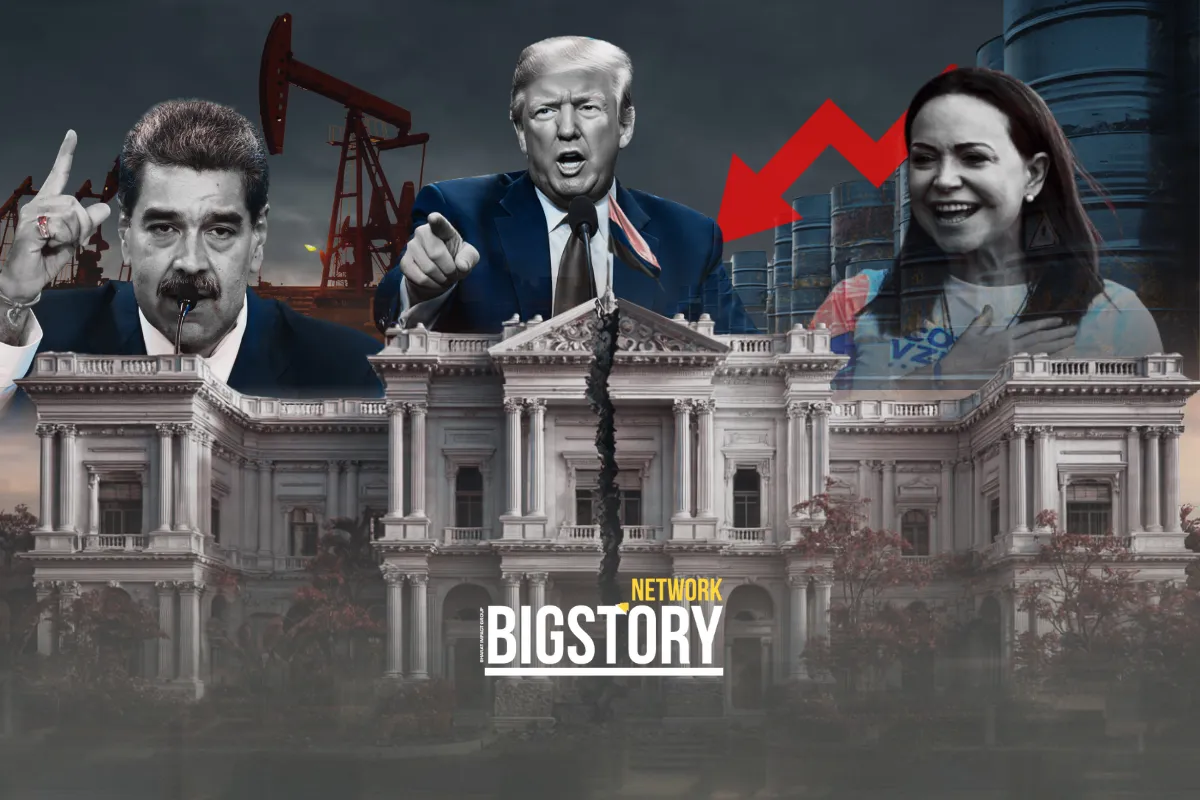
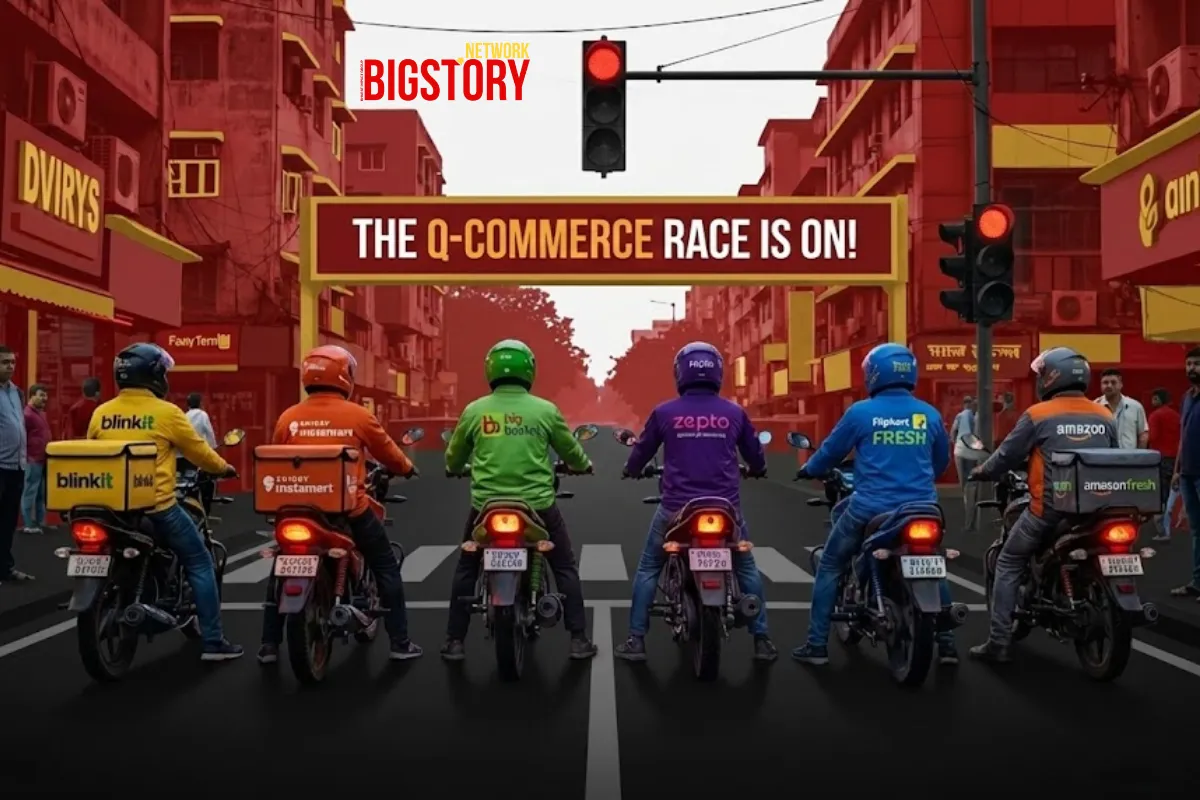

Sign up for the Daily newsletter to get your biggest stories, handpicked for you each day.
 Trending Now! in last 24hrs
Trending Now! in last 24hrs

